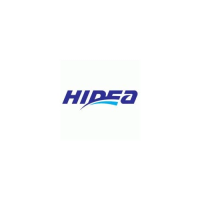pact the steering wheel or other parts of the
boat. This could increase the risk of
serious injury. It could also damage the
shift mechanism.
●
Do not shift into reverse while traveling
at planing speeds. Loss of control, boat
swamping, or damage to the boat could
occur.
The boat is not equipped with a separate
braking system. Water resistance stops it af-
ter the throttle lever is moved back to idle.
The stopping distance varies depending on
gross weight, water surface conditions, and
wind direction.
50 r/min each time a switch is pressed.
●
If the trolling speed has been adjusted, the
engine returns to the normal trolling speed
when the engine is stopped and restarted or
when the engine speed exceeds ap-
proximately 3000 r/min.
Stopping engine
Before stopping the engine, first let it cool off
for a few minutes at idle or low speed. Stop-
ping the engine immediately after operating
at high speed is not recommended.
Procedure
1. Push and hold the engine stop button or
Trolling
turn the main switch to “ ” (off).
Adjusting trolling speed
The trolling speed on outboard motors
equipped with the variable trolling RPM
switches can be adjusted approximately 50
r/min with each press of a switch.
1. “ ” switch
2. “ ” switch
To increase the trolling speed, press the “ ”
switch.
To decrease the trolling speed, press the
“ ” switch.
TIP:
●
The trolling speed changes approximately

